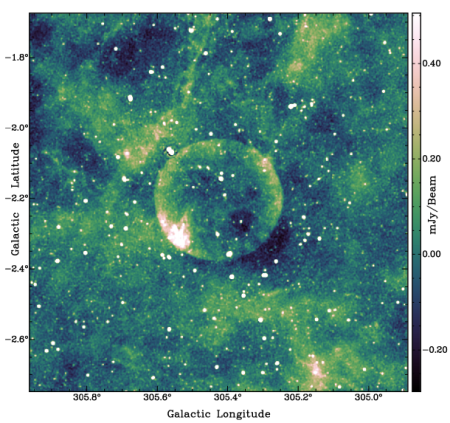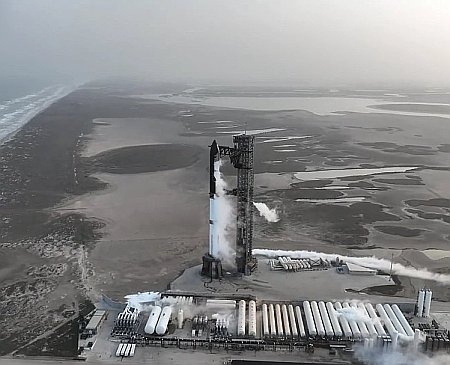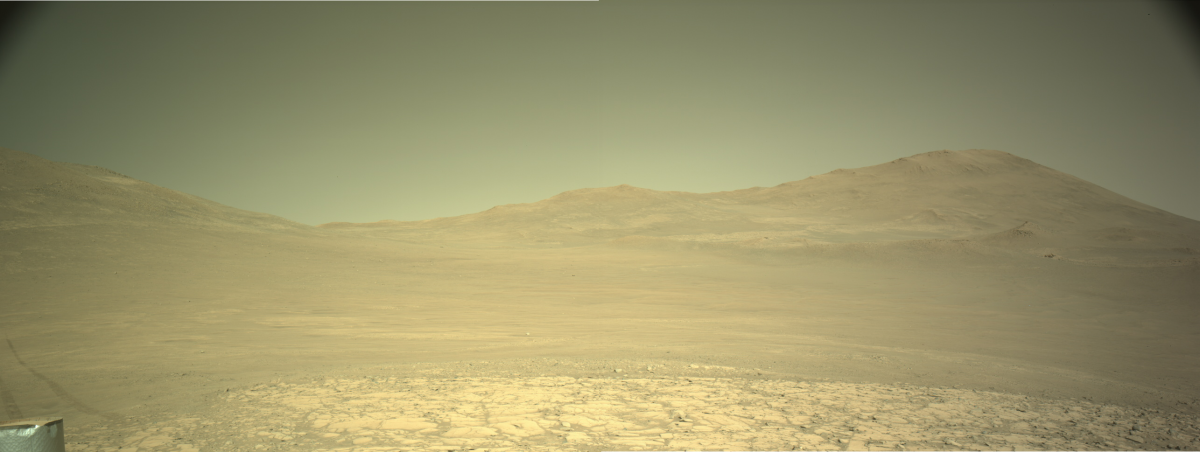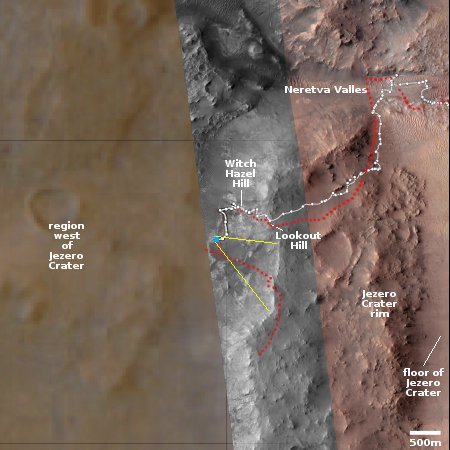A galactic pinwheel
It’s cool image time, partly because we have a cool image and partly because there is little news today due to the holiday. The picture to the right, cropped, reduced, and sharpened to post here, was taken by the Hubble Space Telescope and was released today as the science team’s picture of the week. It shows us a classic pinwheel galaxy located approximately 46 million light years away. From the caption:
A spiral galaxy seen face-on. Its centre is crossed by a broad bar of light. A glowing spiral arm extends from each end of this bar, both making almost a full turn through the galaxy’s disc before fading out.
The bright object with the four spikes of light is a foreground star inside the Milky Way and only 436 light years away. The bright orange specks inside the spiral arms are likely star forming regions, with the blue indicating gas clouds.
As for the holiday, I’ll have more to say about Memorial Day later today.
It’s cool image time, partly because we have a cool image and partly because there is little news today due to the holiday. The picture to the right, cropped, reduced, and sharpened to post here, was taken by the Hubble Space Telescope and was released today as the science team’s picture of the week. It shows us a classic pinwheel galaxy located approximately 46 million light years away. From the caption:
A spiral galaxy seen face-on. Its centre is crossed by a broad bar of light. A glowing spiral arm extends from each end of this bar, both making almost a full turn through the galaxy’s disc before fading out.
The bright object with the four spikes of light is a foreground star inside the Milky Way and only 436 light years away. The bright orange specks inside the spiral arms are likely star forming regions, with the blue indicating gas clouds.
As for the holiday, I’ll have more to say about Memorial Day later today.












